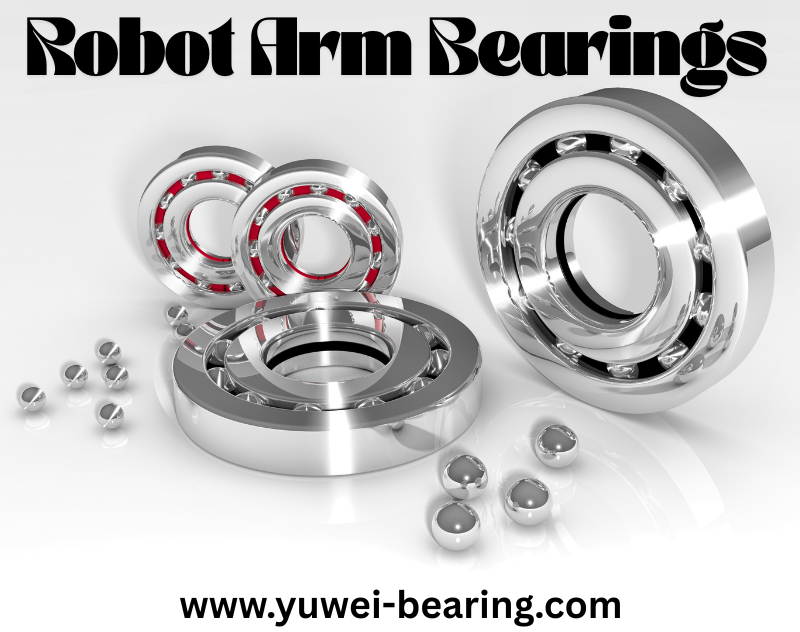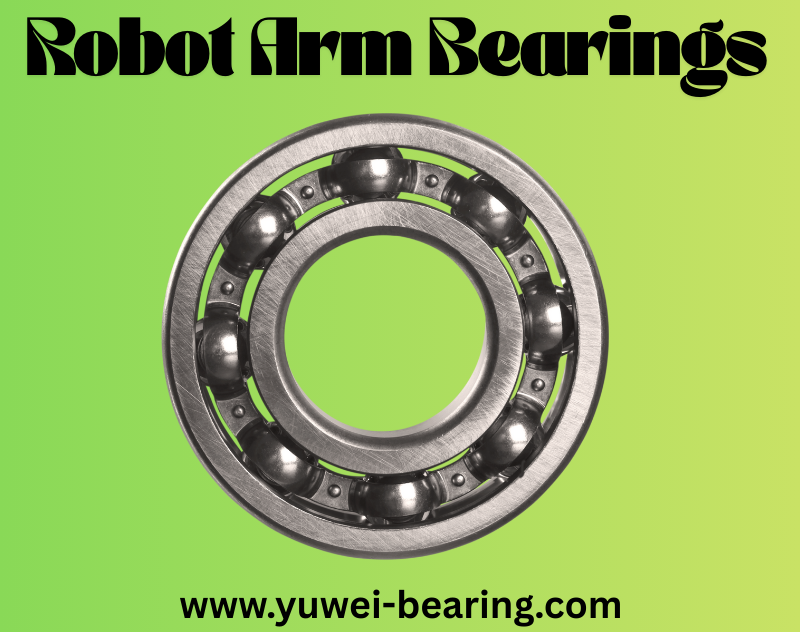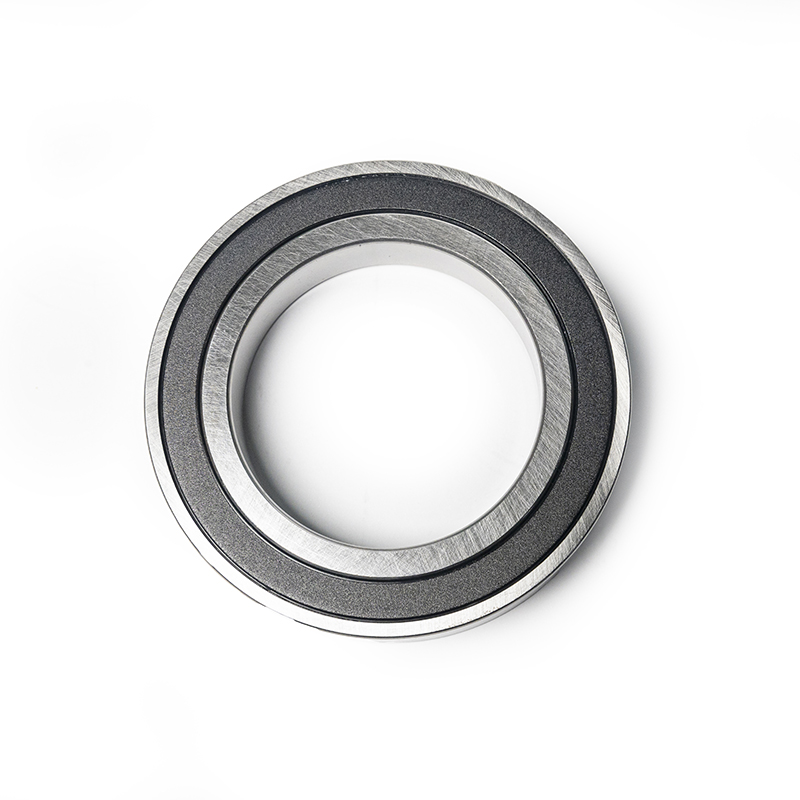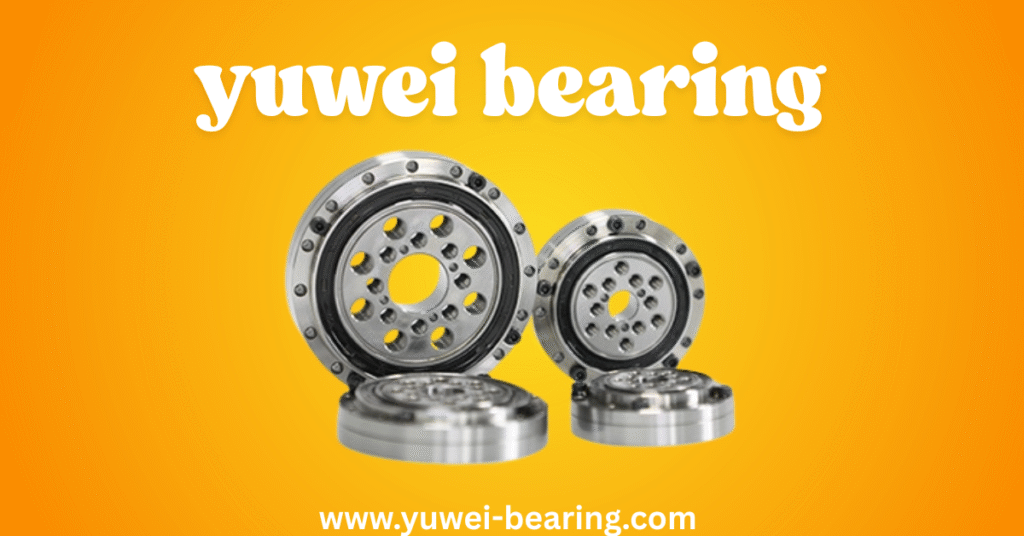When designing or maintaining a robot arm bearings, one of the most important—but often overlooked—components is the bearing. These small mechanical parts play a critical role in enabling smooth joint movement, reducing friction, and maintaining precision across repeated cycles. Whether it’s an industrial robot assembling car parts or a lightweight cobot assisting in a warehouse, the right bearing ensures consistent performance, less downtime, and longer system life.
Choosing the wrong bearing, on the other hand, can lead to increased wear, misalignment, overheating, and even system failure. Since robot arm bearings face a variety of load types, speeds, environments, and design constraints, selecting the right bearing isn’t a one-size-fits-all decision. It requires a practical understanding of mechanical demands, material compatibility, and long-term maintenance goals.
This isn’t about theory—it’s about real-world performance. A well-chosen bearing improves efficiency, cuts operating costs, and reduces maintenance over time. It’s a small part that makes a big difference.
In this guide, we will explain what factors to consider when selecting robot arm bearings, how to compare bearing types, and what design, material, and performance features really matter.
Robot Arm Bearings – How to Choose the Right Bearings for Robot Arm

Bearings are an essential part of robot arms, ensuring smooth rotation, minimizing friction, and maintaining precision. The selection of the appropriate bearing type has the potential to enhance performance, minimize maintenance, and prolong service life. This guide provides an in-depth description of the main factors in the selection robot arm bearings. Visit here!
Load Conditions
Load conditions need to be understood. There are two main types of loads for robot arm bearings:
- Radial Load: Exerts force perpendicular to the bearing shaft. Found in shoulder and base joints.
- Axial Load: The orientation is along the shaft. Common in wrist and end-effector joints.
Select a bearing type that can support the particular load at each joint. Combined radial and axial loads, for instance, are better suited with angular contact ball bearings. Crossed roller bearings are also fit to support multi-directional loads within a compact design.
Speed and Accuracy Requirements
Robot arm bearings for robot arm must support varying speeds as well as accuracy. High-speed applications demand:
- Low-friction materials
- High RPM ratings
- Regular lubrication
For accuracy jobs, such as electronic assembly, the bearing’s runout (deviation from perfect rotation) should be zero. High-precision angular contact or hybrid ceramic bearings are employed in these cases.
Bearing Types
Selecting the right bearing type is essential to performance. Here’s a comparison:
| Bearing Type | Characteristics | Best Use |
|---|---|---|
| Deep Groove Ball | Simple, supports radial loads | General purpose, light loads |
| Angular Contact Ball | Handles both radial and axial loads | High-speed, high-precision joints |
| Crossed Roller | High rigidity, compact size | Multi-directional load handling |
| Tapered Roller | High axial and radial load capacity | Heavy-duty joints |
| Spherical Roller | Allows misalignment | Flexible joints, rugged settings |
Material Selection
Materials determine durability, heat resistance, and ease of maintenance:
- Steel Bearings: Economically priced, stock, for normal conditions.
- Ceramic Bearings: Light, high-speed, and corrosion-resistant.
- Plastic Bearings: Light-duty, low-load, corrosion-resistant applications.
Ceramic bearings are optimal in cleanroom or high-speed applications. Plastic bearings are optimal in water or chemical applications.
Preload and Rigidity
Rigidity gives backlash-free, precise motion. Preload eliminates internal clearance, which enhances control but adds internal stress.
- Use controlled preload bearings to ensure precise operations.
- Over-preloading may cause overheating or wear.
- Under-shooting preload results in play or misalignment.
The engineers must calculate preload from expected operating conditions.
Environmental Conditions

The operating conditions affect bearing performance:
- Dusty/Abrasive: Sealed or shielded bearings are dust protective.
- Wet/Corrosive: Polymer or stainless steel bearings are moisture-resistant.
- Cleanroom: Ceramic or lubrication-free bearings minimize risk of contamination.
Select lubricants and seals appropriate to your conditions.
Weight and Size Limits
Robot designs tend to be compact. Use:
- Thin-section bearings: Reduce width, ideal for small joints.
- Lightweight material: Critical in weapons whose overall weight influences movement efficiency.
Avoid over-sizing bearings, which introduce resistance and dissipate energy.
Lubrication Needs
Adequate lubrication reduces wear and increases life:
- Apply grease to tight spaces.
- Use low-friction lubrication or oil mist in high-speed arms.
- Consider sealed bearings with factory-applied grease to reduce maintenance.
Check for temperature, load, and environment compatibility of lubricant.
Mounting and Alignment
Improper mounting leads to misalignment and decreases life:
- Provide concentric bearing fitting in the housing.
- Avoid press fitting that deforms races.
- Wherever feasible, employ bearing units with mounting included.
Accurate mounts remove stress and vibration when operating.
Maintenance and Accessibility
Maintenance intervals differ by bearing type and application:
- Select bearings with more extended service periods for inaccessible joints.
- Detection of leaks (acoustic emission) in high-risk zones.
Design for simple replacement to prevent disassembly at high expense.
Cost vs. Performance
- Balancing cost and performance: Do not over-engineer (e.g., installing ceramic bearings when steel bearings are adequate).
- Compare life-cycle cost, rather than purchase price.
Choose suppliers that offer technical assistance, quality assurance, and documentation.
Q&A Section
Q1: Can we have the same type of bearing for every joint on the robot arm bearings?
A: No. Different joints bear different loads and motions. Employ a bearing type that is appropriate for the purpose of each joint.
Q2: If a bearing is too loose or too tight?
A: Too tight = excessive friction, wear, and heat. Too loose = backlash and misalignment. Fit and preload must be optimized.
Q3: Must I always use sealed bearings?
A: No. Seal bearings in dirty or sealed conditions. Under clean conditions with regular maintenance, open bearings may be used.
Q4: How many cycles can robot arm bearings last?
A: Thousands to millions, depending on type and application. Maintenance extends life.
Q5: Is the hybrid ceramic bearing price warranted?
A: Yes, for high-speed, cleanroom, or corrosive use. For most general industrial use, steel bearings are generally the best option.

Conclusion
Choosing the proper robot arm bearings is a choice that has a direct impact on the machine’s performance, accuracy, and longevity. Bearings are small parts, but they carry the entire load of all movement the arm experiences. The wrong selection can result in problems such as backlash, overheating, and wear on mechanical parts—eventually resulting in expensive downtime or failure.
The secret is knowing how every joint of the robot arm bearings works—what kind of load it supports, its velocity, its environment, and its ability to be maintained. From there, choosing the right type of bearing, the proper material, and the features of the design is a calculated component of engineering.
You don’t require the most costly bearing—you require the appropriate one. Optimizing performance demands with enduring reliability will provide the optimal outcome. By following the principles within this guide, designers and engineers can steer clear of pitfalls and construct robotic systems that run with accuracy, effectiveness, and minimal downtime.
Choose correctly initially, and your bearings will provide reliable results for decades.

